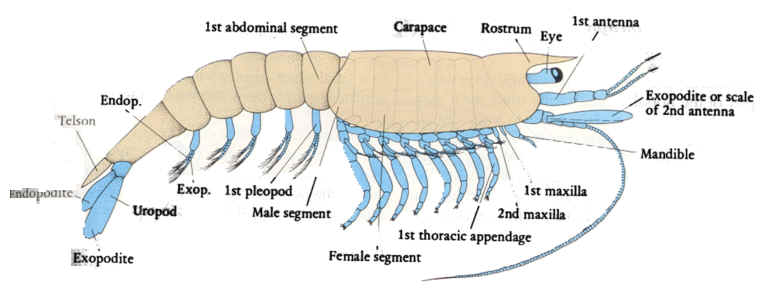Important subphyla of Protochordates that are divided on the basis of character of notochord are as follows:
1. Subphylum 1-
Hemichordata (Gr. hemi, half + chords, cord)
ADVERTISEMENTS:
(i) Body divided into three regions-proboscis, collar and trunk.
(ii) Notochord doubtful, short, confined to proboscis and non-homologous with that of chordates.
Class 1:
ADVERTISEMENTS:
Enteropneusta (Gr; enteron.gut + pneusta, breathed)
(i) Body large, and worm like.
(ii) Gill slits are numerous.
(iii) Intestine straight.
ADVERTISEMENTS:
(iv) Acorn or tongue worms. 70 species
Examples:
Balanoglosus, Saccoglossus.
Class 2:
Pterobranchia (Gr; Peteron, feather + brancheon, gill)
(i) Body small and compact.
(ii) Gill slits one pair or none.
(iii) Intestine U shaped.
(iv) Pterobranchs, 20 species.
Examples:
Cephalodiscus, Rhabdopleura etc.
2. Subphylum 2-
Urochordata (Gr; Oura, tail + L; chorda, chord)
(i) Notochord and nerve cord only in tadpole like larva.
(ii) Adult sac like, often sessile and encased in protective tunic.
(iii) Commonly called as Tunicates.
Class 1:
Ascidiacea:
(i) Sessile tunicates with scattered muscles in tunic.
(ii) Gill clefts numerous
(iii) Ascidians or sea squirts. 12,00 species.
Examples:
Herdmania, Clona, Molgula. etc.
Class 2:
Thaliaceae
(i) Free-swimming or pelagic tunicates with circular muscles in tunic.
(ii) Salps or chain tunicates. 30 species.
Examples:
Doliolum, Pyrosoma. etc.
Class 3:
Larvaceae
(i) Tiny, transparent, free-floating.
(ii) Adults retain many larval features including tail.
(iii) Only two gill-slits. 30 species.
Example:
Oikopleura.
3. Subphylum 3-
Cephalochordata (Gr; Kephale, head + L; chorda; Chord),
(i) Notochord and nerve cord present throughout life along entire length of body.
Class 1:
Leptocardii
(i) Body fish like, segmented with distinct myotomes.
(ii) Gill slits are numerous.
(iii) Free swimming and burrowing. 30 species. Example : Branchiostoma (Amphioxus)
